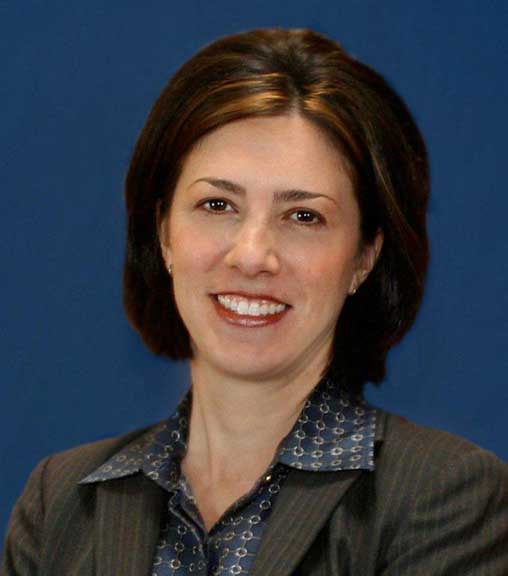
Nursing is considered to be one of the most recession-proof professions around. In fact, according to the U.S. Bureau of Labor Statistics, health care is one of the few industries that continued to show growth among employment during the recession.
More than 170,900 jobs were created in the health care industry in the frist seven months of 2011, with 31,300 new jobs created in the month of July alone.
Despite these figures, there is still a tremendous gap between supply and demand. As the current nursing population retires and as the baby boomers age, this gap will only widen.
Gap Threatens Supply
This increasingly wide margin may potentially leave long term care facilities with a shortage of trained nurses, which some experts expect to reach up to 500,000 by the year 2025.
Contributing to this shortage is the inability of nursing schools to produce graduates fast enough to keep up with the rising demand of applicants.
Although the American Association of Colleges of Nursing (AACN) reported an increase in nursing school enrollment throughout the past decade, qualified nursing school applicants continue to be turned away from colleges and universities.
AACN reports that in 2009, nursing schools rejected nearly 55,000 qualified applicants. Faculty shortages, budget constraints, and increasing job competition from clinical sites have all contributed to the limited number of graduates produced.
Nurse burnout also plays a huge role in the nursing shortage. Working in a highly stressful and demanding environment can take a toll on nurses—especially those who are new to the field. One national study shows that about one in five newly licensed nurses quit within the first year. And with a lack of support from employers and the confidence that comes with experience, nurse burnout is only heightened.
Even more startling is the impact that nurse burnout can have on patient care. Findings published in the New England Journal of Medicine in March 2011 indicate that inadequate nurse staffing correlates to higher patient mortality.
Mentoring Program Works
In hopes of maintaining its new nurse graduates, Brattleboro Memorial Hospital in Vermont implemented a nurse mentoring program, pairing new nurses with senior nurses.
The goal of the program was to provide the new nurses with a mentor who could serve as an active listener, providing support, enthusiasm, and nurturing in a nontraditional learning environment. Two years into the initiation of the program, the hospital reported that nearly all of the nurse participants have remained at the facility.
Another successful program was implemented in Scottsdale, Ariz., where the Mayo Clinic has developed a program for nurses affected by the daily stresses on the job. The program teaches nurses how to recognize stressors and decrease them in the moment. It also teaches breathing techniques and methods to evoke positive emotions as a response.
Nurses who have participated in the program report decreases in stress and fatigue, as well as fewer aches and pains, due to the new techniques.
In addition to providing training and support programs, many employers are turning to voluntary benefits as a means of retaining employees. MetLife’s “8th Annual Employee Benefits Trends Study” found that among employees highly satisfied with their benefits packages, 81 percent were also satisfied with their jobs. Consequently, increasing total reward offerings can help create a more loyal, productive workforce.
Originally limited to insurance-related products such as disability, life, and accident coverage, voluntary offerings have since evolved to include more nontraditional benefits. Examples include employee purchase programs, pet insurance, wellness initiatives, and prepaid legal services.
Employees typically pay for these services and products on their own through payroll deductions.
Low-Cost Benefits
Because most voluntary plans come at little or no direct cost to the employer, they serve as a perfect alternative for those looking to re-evaluate their benefit offerings, but don’t wish to add costs to the facility.
In an effort to retain and recruit top talent, Valley Baptist Health System in Harlingen, Texas, wanted to provide the most comprehensive benefits package to its employees. Valley Baptist Health offers a payroll deduction purchase program, as well as other value-added voluntary benefits, such as supplemental life insurance for the employee and dependents, accident, critical illness, cancer, prepaid legal, and long term care insurance.
It has been able to implement these programs without affecting the hospital’s bottom line.
Voluntary plans also allow employers to offer the depth and breadth of choices that employees want and need.
What Employees Want
A recent employee survey found that employees want and value choice. Of those surveyed, 88 percent said that choices are “important” or “extremely important” when it comes to benefits packages. Therefore, it is important that employees be able to select the benefits that suit their own individual and family needs.
Today’s employees come from multiple generations, each with its own working style, its own needs, and its own expectations about the workplace. In order to successfully use benefits to develop a healthy, working relationship with employees, employers need to take a look at what generations are represented in their workplace and consider a variety of benefits, as opposed to a one-size-fits-all package.
Meeting Multiple Needs
Additionally, employers tend to find voluntary benefits attractive because they provide tangible benefits that employees can enjoy almost immediately.
For example, many of these types of benefits help promote a healthy work-life balance by providing responsible purchase options to help families stay within a budget, or discounted gym memberships to promote a healthy lifestyle.
These unique products can help set a benefits package apart, making the employer more appealing and more competitive.
It’s also important to remember that improving communications can lead to a more engaged employee base. Just as one benefits package no longer meets the needs of every employee, neither does one communication strategy.
Using a variety of communication vehicles like e-mail, posters, and even home mailers can help the provider communicate the true value of all the benefits it makes available to its employees.
“Today, employees range from baby boomers to Generation X to Generation Y,” and being able to reach these different segments’ needs is very important, Halkos says.
Health care is a significant part of the nation’s economy and will continue to be a major employment sector in both good and challenging times. If the demand for nurses is to be met, many issues will need to be resolved, but while industry leaders are addressing these challenges, long term care facilities must proactively work to not only attract, but retain a skilled nursing workforce.
 Elizabeth Halkos is chief marketing officer for Purchasing Power (www.purchasingpower.com), an Atlanta-based voluntary benefits company that offers a program that makes it possible for employees of participating organizations to purchase computers, electronics, and home appliances through payroll deductions. She can be reached at (877) 723-2798 or ehalkos@purchasingpower.com.
Elizabeth Halkos is chief marketing officer for Purchasing Power (www.purchasingpower.com), an Atlanta-based voluntary benefits company that offers a program that makes it possible for employees of participating organizations to purchase computers, electronics, and home appliances through payroll deductions. She can be reached at (877) 723-2798 or ehalkos@purchasingpower.com.